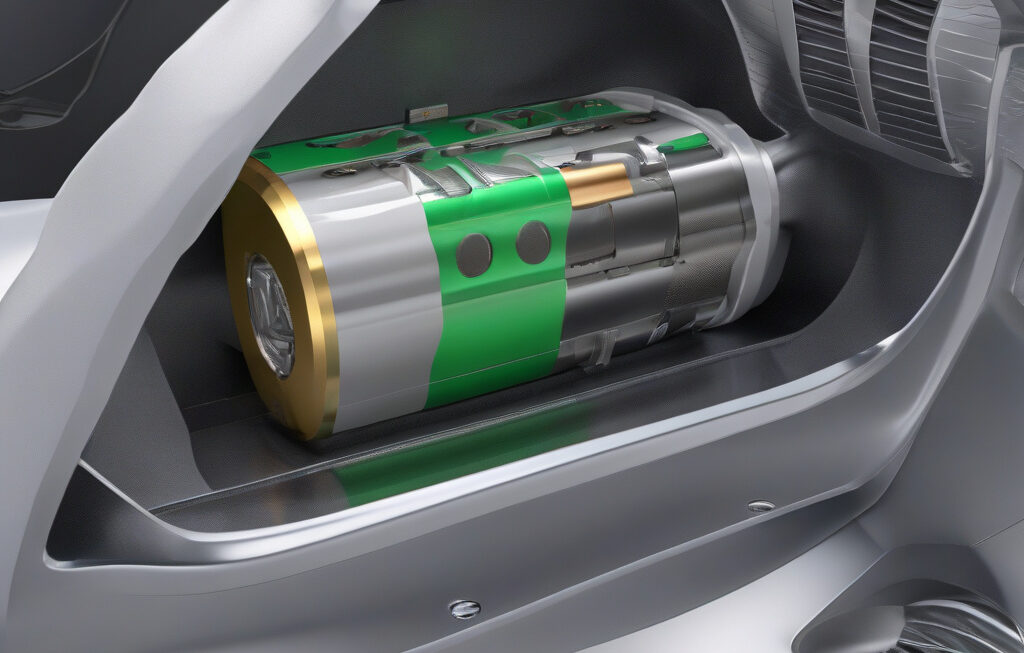Revolutionizing Construction: Scientists Turn to Roman Ruins for Sustainable Cement Solution
Cement is known for producing a significant amount of carbon emissions that pose a threat to our environment. In the quest for more sustainable building materials, scientists are now looking back to ancient Roman ruins for inspiration. Specifically, researchers are drawing insights from Roman concrete, which has withstood the test of time for thousands of years, to create a modern cement alternative that is not only durable but also eco-friendly.
Roman concrete, used in iconic structures such as the Pantheon and the Colosseum, is known for its exceptional longevity and resistance to the elements. The secret to its success lies in the use of volcanic ash, which reacts with seawater to form a mineral called tobermorite. This mineral reinforces the concrete, making it incredibly strong and durable.
Building on this ancient technique, scientists today are exploring the possibility of creating cement from volcanic rock, eliminating the need for the high temperatures produced by traditional kilns. By using volcanic rock as a key ingredient, researchers are able to reduce the carbon footprint of cement production significantly. This innovative approach not only addresses the environmental impact of cement manufacturing but also taps into the abundance of volcanic resources found in various regions around the world.
One notable example of this sustainable cement solution in action is the recent collaboration between researchers from the University of California, Berkeley, and Drexel University. By studying the chemical properties of volcanic ash and experimenting with different formulations, the team was able to develop a new type of cement that rivals the strength of traditional Portland cement while offering superior environmental benefits.
The implications of this breakthrough are far-reaching. With the construction industry being one of the largest contributors to global carbon emissions, finding greener alternatives to conventional building materials is more crucial than ever. By harnessing the principles behind Roman concrete and incorporating modern innovations, scientists are paving the way for a more sustainable future in construction.
In addition to its environmental advantages, volcanic rock-based cement also boasts practical benefits. For instance, the use of volcanic ash can enhance the workability and longevity of concrete, making it an attractive option for a wide range of construction projects. Furthermore, the reduced energy requirements for producing this type of cement can lead to cost savings for builders and developers.
As the demand for sustainable building materials continues to grow, the inspiration drawn from ancient Roman ruins serves as a reminder of the ingenuity of our predecessors. By learning from history and combining it with cutting-edge technology, scientists are driving innovation in the construction industry and offering hope for a more environmentally conscious future.
In conclusion, the quest to reduce carbon emissions and build more sustainably has led scientists to reexamine the wisdom of the past. By taking cues from Roman ruins and developing cement from volcanic rock, researchers are not only honoring history but also shaping a more resilient and eco-friendly built environment for generations to come.
Roman ruins, sustainable cement, volcanic rock, construction innovation, eco-friendly building materials












